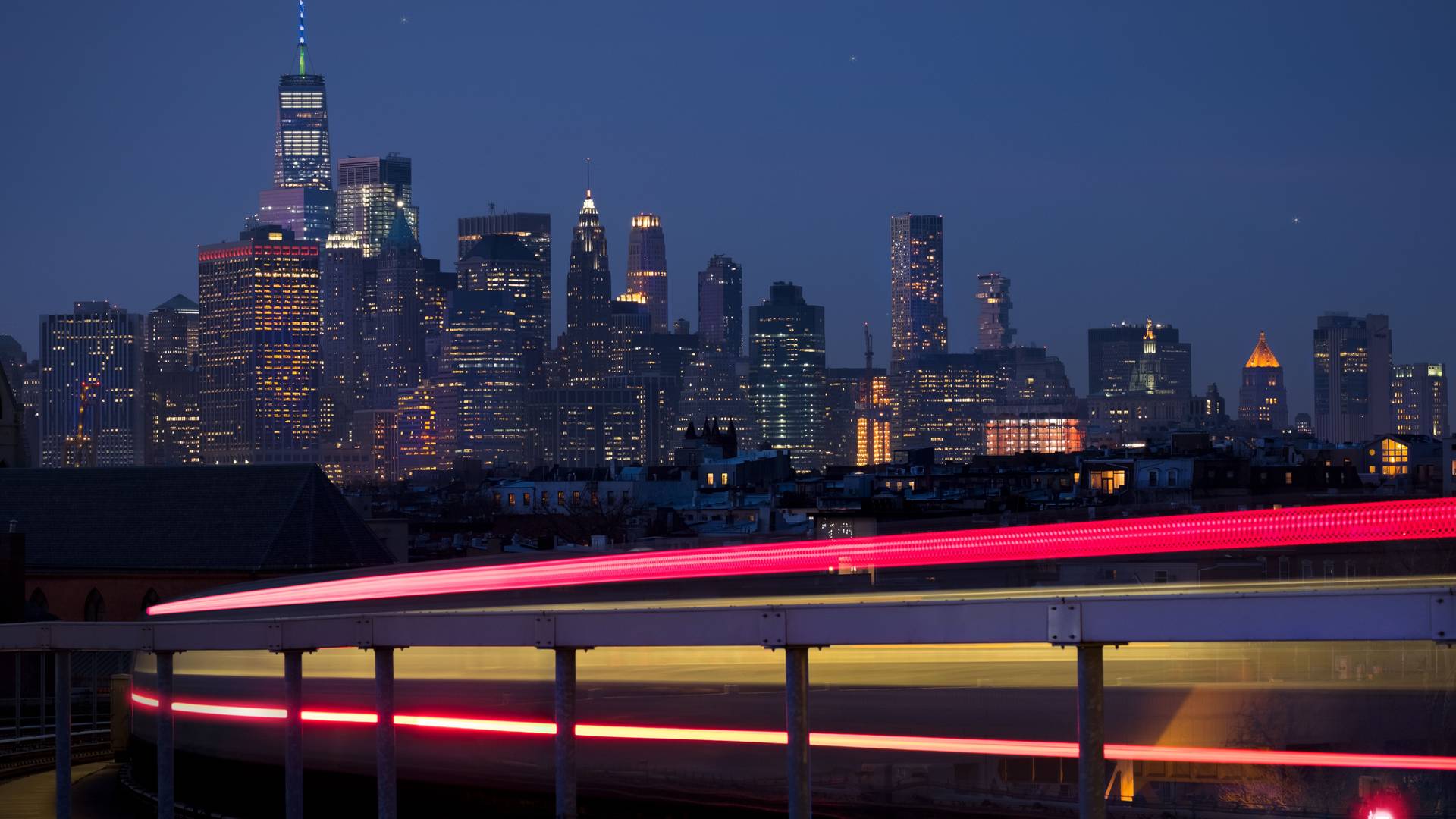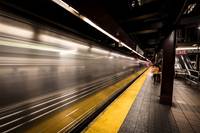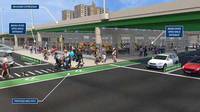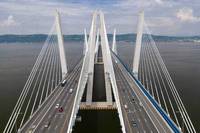Share
The public wants accessible, reliable, clean and safe mass transit systems, and huge public investment programs in the U.S. offer the promise of modernization, expansion and development initiatives to deliver it.
By operators delivering an improved customer experience, people will return to public transport in ever-greater numbers, according to three of New York City’s transit leaders, whose systems move 6.5 million people a day. The Covid-19 pandemic “has changed, in some respects, the way people work, and the way people commute,” according to Rich Davey, President of NYC Transit Authority.
Adapting to this changed world is critical. Cathy Rinaldi, President of MTA Metro-North Railroad and Interim President of Long Island Rail Road, said that while commuter demand has declined post pandemic, there has been a surprising resilience in weekend usage. This was driven in part by MTA responding to customer need and being nimble to change service based on customer preferences. For instance, in 2022 for Metro North, they brought back some attributes from pre-Covid service:
“They wanted express trains back and that led to just a tremendous increase in ridership. So if you give the people what they want, they will opt for this mode. And I think for all of us now, the challenge is figuring out what that is,” she said.
Clarelle DeGraffe, General Manager of PATH at the Port Authority of New York and New Jersey, said it responded to passengers’ changing demands by continuing with its 9th car expansion program, originally driven by a desire to add capacity, but now equally important from the perspective of giving passengers more space to ride safely and comfortably. “Our goal is to continue to provide that customer experience, to continue to help our customers feel safe by increasing capacity,” she said.
Operators have a once-in-a-generation opportunity to modernize, with $89.9 billion allocated from the Bipartisan Infrastructure Deal guaranteeing funding for public transit over the next five years. “The legislation will expand public transit options across every state in the country, replace thousands of deficient transit vehicles, including buses, with clean, zero-emission ones, and improve accessibility for the elderly and people with disabilities,” according to The White House. The Inflation Reduction Act also aids with electrification and zero emissions transition.
Ridership on mass transit systems nationally has returned to more than 70%, and NYC levels are in line with that. Davey said returning to 100% might not be possible, but that mass transit is still delivering for the region and ridership should be viewed in absolute figures, not relative ones: “That’s millions of people not in single occupancy vehicles that aren’t polluting our air, that aren’t contributing to congestion, and more importantly, are doing the things that they want to do in their lives.”
To hear how NYC’s transit leaders are rebuilding post-Covid, watch the conversation in full.




